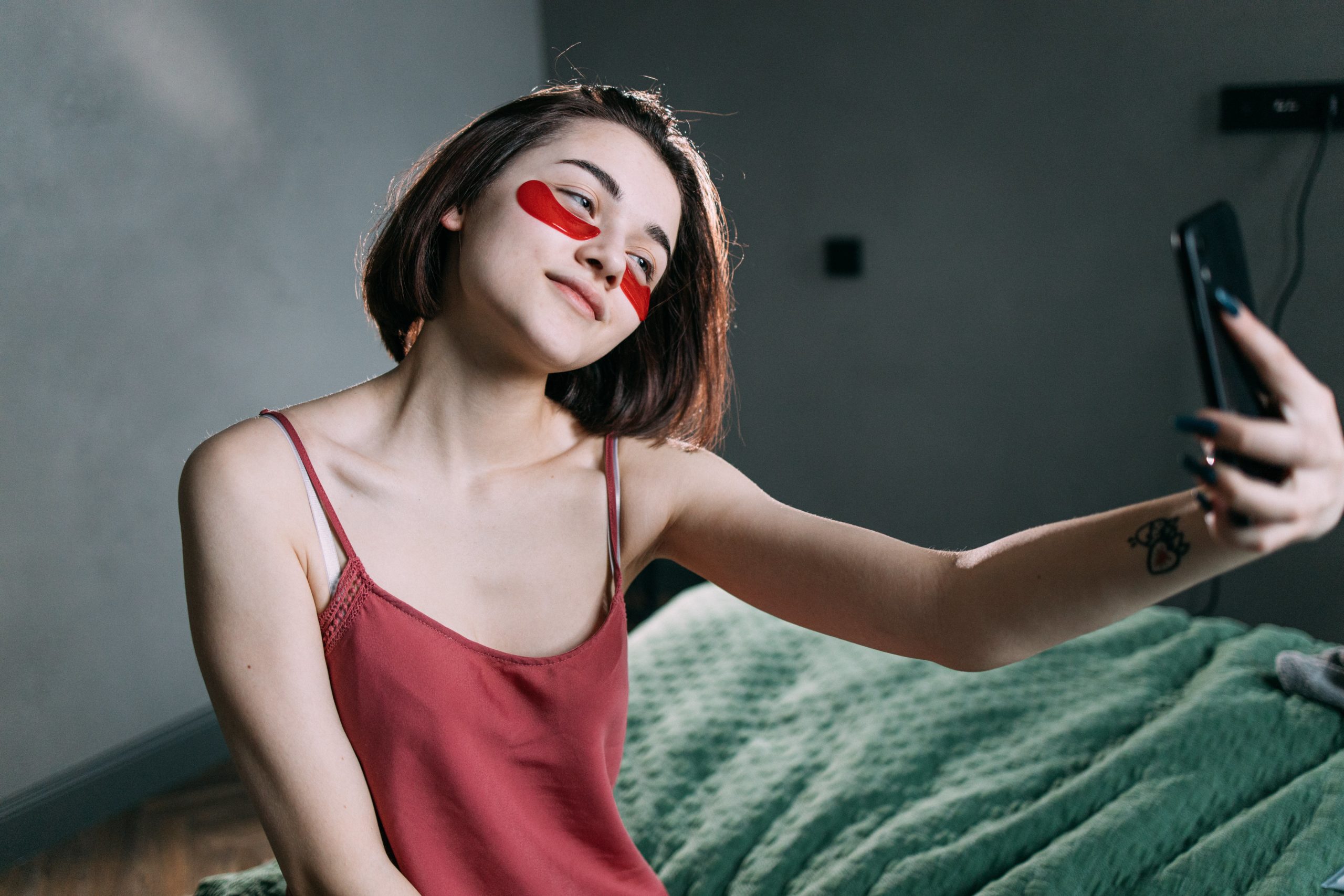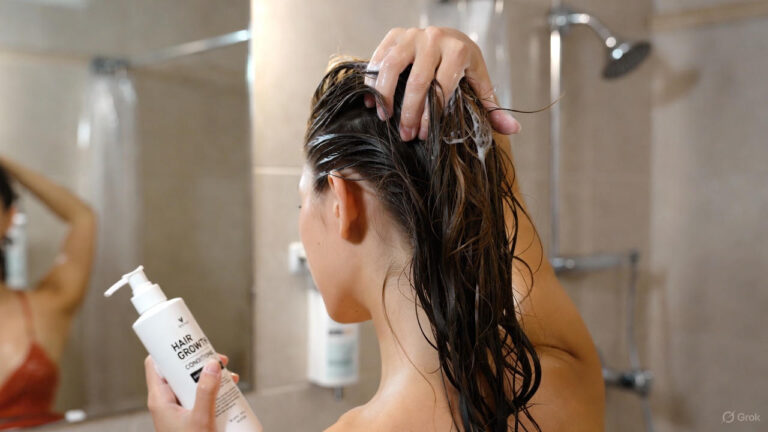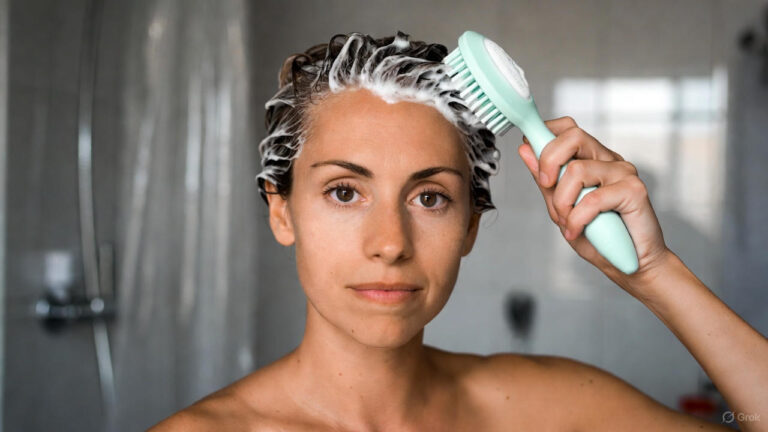The beauty industry, long criticized for perpetuating narrow standards of beauty, is undergoing a seismic shift with the rise of body positivity. In a world where unrealistic ideals have dominated, the movement towards body positivity is not just a trend but a revolution.
This article will dissect the profound impact of body positivity on the beauty industry, from redefined standards to the promotion of inclusive campaigns and the empowerment of individuals to embrace their unique beauty.
Embracing Diverse Body Shapes and Sizes
In the era of body positivity, the beauty industry is experiencing a renaissance, with an increasing emphasis on diversity in body shapes and sizes.
Traditionally, beauty standards have been confined to a narrow spectrum, favoring slender figures and flawless skin. However, the narrative is changing as brands now recognize the beauty in every body.
In recent years, there has been a surge in campaigns featuring models of various sizes and shapes, challenging the traditional norms that have perpetuated unrealistic ideals.
Brands are increasingly portraying models with stretch marks, cellulite, and diverse body types, fostering a more inclusive representation of beauty.
This shift not only resonates with consumers who have long felt underrepresented but also creates a more authentic and relatable image for the industry.
Redefining Beauty Standards
The impact of body positivity extends beyond the inclusion of diverse body types. It’s also challenging and reshaping conventional notions of beauty.
Beauty standards that were once dictated by airbrushed magazine covers and flawless images are now being replaced by a celebration of authenticity and individuality.
Social media plays a significant role in this redefinition. Influencers and celebrities are using their platforms to showcase unfiltered, unretouched images, revealing the imperfections that make them human.
This transparency has cultivated a more realistic perception of beauty, encouraging individuals to embrace their unique features rather than striving for an unattainable ideal.
Inclusive Campaigns and Marketing Strategies
The beauty industry’s marketing strategies are undergoing a paradigm shift, driven by the demand for inclusivity. In the past, advertisements often showcased a narrow definition of beauty, alienating a significant portion of the consumer base.
However, as body positivity gains momentum, brands are recalibrating their marketing approaches to reflect a broader spectrum of beauty.
Inclusive campaigns are not only breaking stereotypes but also resonating more effectively with consumers. People want to see themselves represented in the products they purchase, and brands are taking notice.
From makeup lines with extensive shade ranges to skincare campaigns featuring models with diverse skin concerns, the industry is recognizing the power of inclusivity in both reflecting and shaping cultural attitudes.
Empowering Individuals to Embrace Their Beauty
Beyond the external shifts in the industry, body positivity is fostering a profound internal transformation for individuals. The movement encourages people to develop a positive relationship with their bodies, challenging the ingrained self-criticism that often accompanies societal beauty standards.
As the beauty industry embraces body positivity, consumers are empowered to celebrate their unique features and appreciate the diversity of beauty.
This empowerment extends beyond physical appearance, promoting self-love and self-acceptance. Individuals are encouraged to prioritize overall well-being and mental health, recognizing that beauty is not confined to external appearances but encompasses a holistic view of oneself.
Conclusion
The impact of body positivity on the beauty industry is nothing short of revolutionary. It’s reshaping not only the visual landscape of advertisements but also the way individuals perceive themselves. The shift towards embracing diverse body shapes and sizes, redefining beauty standards, and adopting inclusive campaigns signifies a departure from the rigid norms that have long dominated the industry.
FAQs
Social media platforms have provided a space for individuals to share authentic, unfiltered images, challenging conventional beauty standards. Influencers and celebrities use their platforms to promote body positivity, encouraging followers to embrace their unique beauty.
Q2: Are all beauty brands adopting inclusive campaigns?
While many beauty brands are making strides towards inclusivity, not all have fully embraced the shift. Consumers can support brands that prioritize diversity and inclusivity by researching and choosing products from companies that align with these values.
Q3: How can individuals contribute to the body positivity movement?
Individuals can contribute to the body positivity movement by embracing their own unique features, promoting self-love, and supporting brands that prioritize inclusivity. Sharing diverse images on social media, challenging unrealistic beauty standards, and advocating for representation are also impactful ways to contribute.



